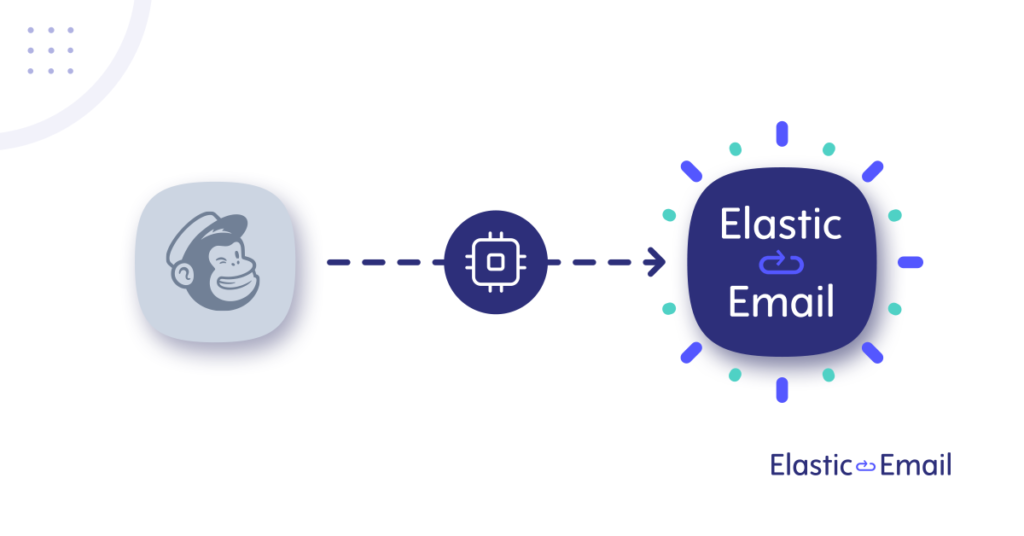Transferring from Mailchimp to Elastic Email? Welcome onboard! We glance ahead to aiding you with migrating from one e mail service supplier to one other. Allow us to stroll you thru all of the important steps to make your transition as clean and seamless as doable. On this article, you'll find out about our API libraries and documentation, how to get began and the way to ship your first e mail by way of Elastic Email API.
API Libraries
When beginning with utilizing our API, we suggest you try our API libraries. To make sure you the best integration doable, now we have ready and always preserve them for 12 programming languages and frameworks. You'll be able to select one under, and you will see that a downloadable API library with authentication directions, code samples, guides, and different helpful assets. Listed below are our libraries:
When you can't discover the library you’re searching for, tell us at contact@elasticemail.com.
How to get began
Let’s check out the important steps to arrange your Elastic Email account, combine with our e mail API, and begin sending emails.
When making the primary steps in your journey with Elastic Email, you may as well use our API documentation to combine with our e mail API and use it in accordance to your sending wants. API documentation is the easiest way to see the distinction between e mail service suppliers. To simplify issues, we ready a comparability of essentially the most important API references for each Elastic Email and Mailchimp:
Signing up
Step one is to join an Elastic Email account. To do it, you want to select the Email API product and create your account without spending a dime. To check out our platform, you don’t want to present any bank card particulars. After registration, you'll obtain a affirmation e mail to confirm your profile.
Establishing a sending area
After creating your Elastic Email account, you want to add and confirm your sending area. To do it, you will have to log into your area supplier and modify the DNS settings of your area. For extra info, try our assist article on how to confirm your area or watch our YouTube information under:
Creating your API Key
To begin utilizing our e mail API, you will have to authenticate your self with an API key. To generate it, enter settings in your Elastic Email account and go to Settings->Handle API Keys->Create.
At this level, you may set customized permissions and non-compulsory entry in your API key.
After creating your API key, please hold it secure as you will have your API key for each name you make so as to determine your self and make sure your account’s credentials.
Your API key ought to be despatched contained in the header with the parameter identify ‘x-elasticemail-apikey’ and your API key as a price.
Putting in API library
To make your migration course of simpler and faster, we suggest downloading and putting in a repository of the programming language you utilize. Each Mailchimp and Elastic Email have a big assortment of e mail API libraries and SDKs of many programming languages. Similar to you built-in with Mailchimp’s e mail API by putting in a library or SDK, you want to do the identical with Elastic Email. All our downloadable repositories can be found on GitHub.
Let’s present you the set up course of utilizing JavaScript. For instance, once you need to set up the repository for Node.js.
Npm
To publish the library by way of npm, please comply with the process in “Publishing npm packages“.
Then set up it by way of:
npm set up @elasticemail/elasticemail-shopper --saveSending your first e mail
const mailchimp = require("mailchimp_transactional")(
"YOUR_API_KEY"
);
const message = {
from_email: "hello@example.com",
topic: "Hello world",
textual content: "Welcome to Mailchimp Transactional!",
to: [
{
email: "freddie@example.com",
type: "to"
}
]
};
async operate run() {
const response = await mailchimp.messages.ship({
message
});
console.log(response);
}
run();In order for you to ship your first e mail by way of Elastic Email, you want to load the library, get shopper occasion, use your newly generated Elastic Email API key, and create an occasion of EmailsApi that shall be used to ship the e-mail.
Primarily based on the JavaScript instance, right here’s the entire code for sending an e mail to copy and paste:
const ElasticEmail = require('@elasticemail/elasticemail-client');
const shopper = ElasticEmail.ApiClient.occasion;
const apikey = shopper.authentications['apikey'];
apikey.apiKey = "YOUR_API_KEY";
const emailsApi = new ElasticEmail.EmailsApi();
const emailData = {
Recipients: [
{
Email: "johnsmith@domain.com",
Fields: {
name: "John"
}
}
],
Content material: {
Physique: [
{
ContentType: "HTML",
Charset: "utf-8",
Content: "Hi {name}!"
},
{
ContentType: "PlainText",
Charset: "utf-8",
Content: "Hi {name}!"
}
],
From: "myemail@domain.com",
Topic: "Example email"
}
};
const callback = (error, information, response) => {
if (error) {
console.error(error);
} else {
console.log('API known as efficiently.');
console.log('Email despatched.');
}
};
emailsApi.emailsPost(emailData, callback);
Email API migration information: wrapping up
We hope you managed to discover all the data you want to transfer from Mailchimp to Elastic Email and to combine with our API easily and effortlessly. If in case you have any questions or want further help, our buyer help specialists shall be blissful to aid you from day one. They're out there to you 24/7 by way of e mail at help@elasticemail.com or by way of dwell chat, which yow will discover within the backside proper nook of our web site and platform.
Haven’t you signed up for an Elastic Email account? Strive it out and begin sending emails with us as we speak!
Source link
